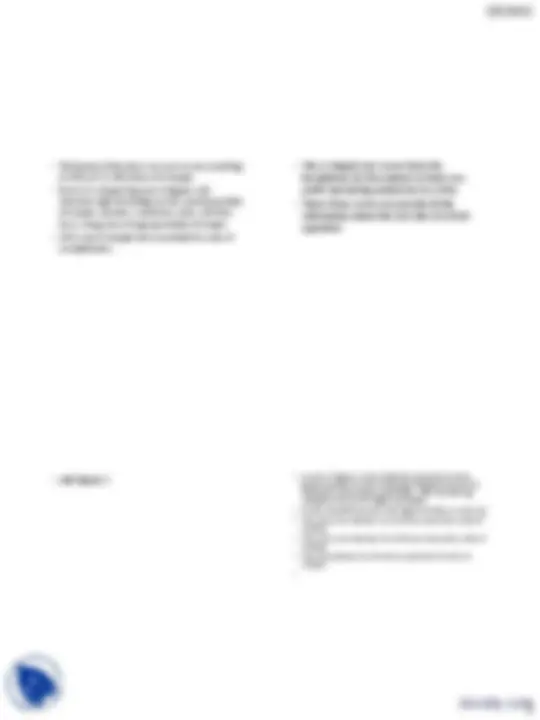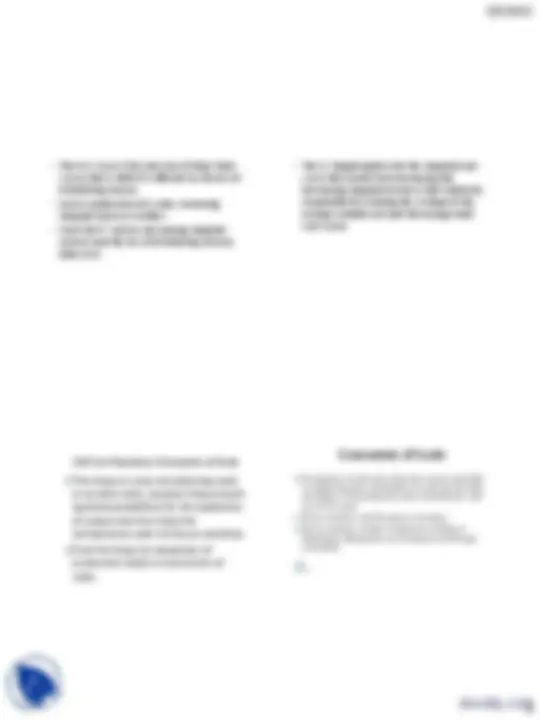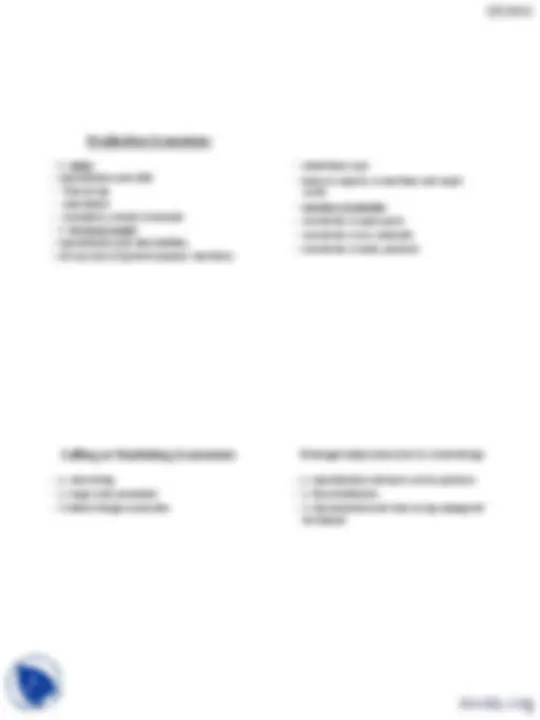





Study with the several resources on Docsity

Earn points by helping other students or get them with a premium plan


Prepare for your exams
Study with the several resources on Docsity

Earn points to download
Earn points by helping other students or get them with a premium plan
Community
Ask the community for help and clear up your study doubts
Discover the best universities in your country according to Docsity users
Free resources
Download our free guides on studying techniques, anxiety management strategies, and thesis advice from Docsity tutors
An in-depth analysis of cost curves in economic theory, focusing on the variables that determine cost functions and the differences between short-run and long-run costs. Additionally, it discusses economies of scale, which are the cost advantages of increasing production, and the various types of economies of scale, including production, selling or marketing, managerial, and transport and storage economies.
Typology: Slides
1 / 6

This page cannot be seen from the preview
Don't miss anything!




Economies of scale arise when the cost per unit falls as output increases. Economies of scale are the main advantage of increasing the scale of production and are of two types Real economies and Pecuniary economies. Real economies include: Production; Selling or Marketing; Managerial; and Transport and Storage economies.